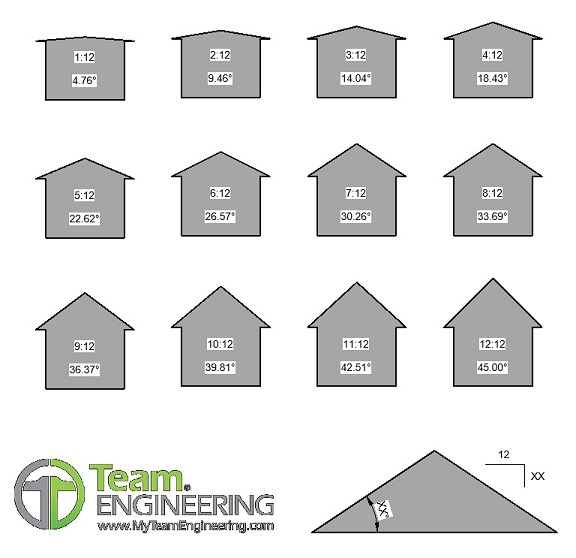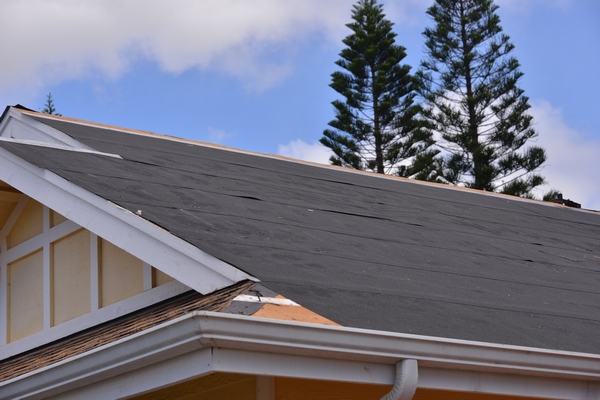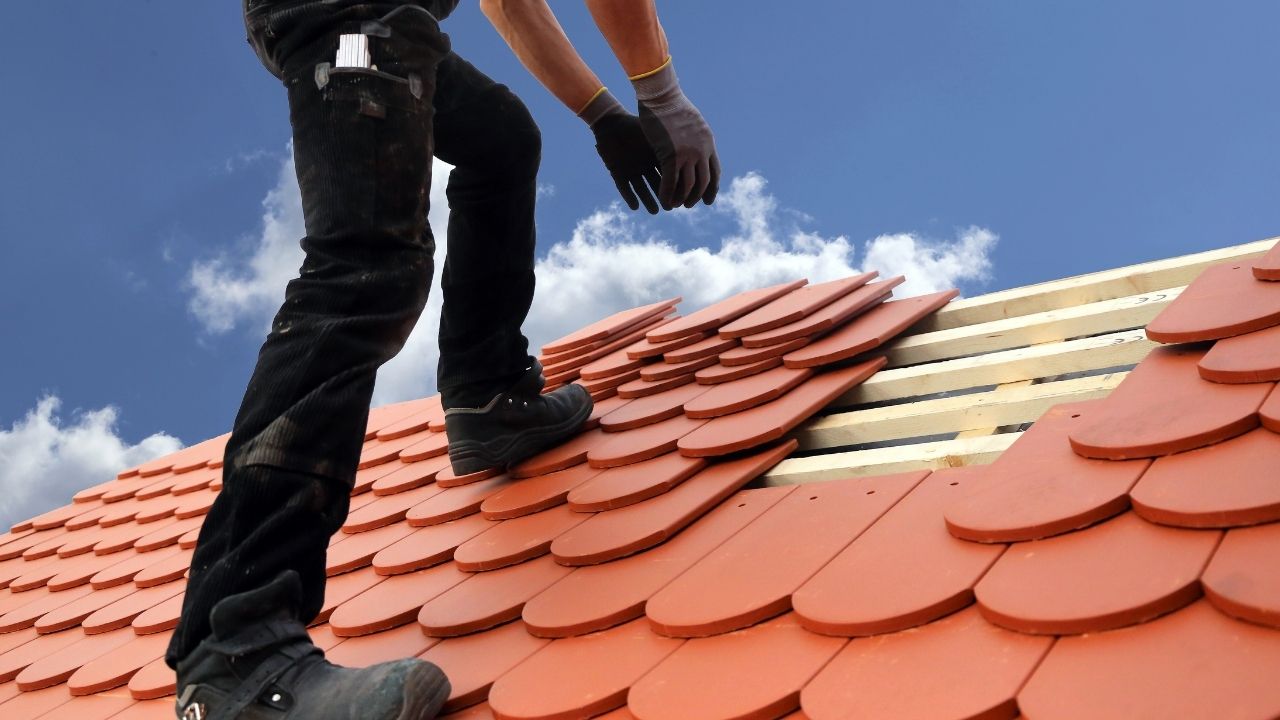
The eave is an area on a home's roof that projects out over the side of a home. Although they were not often visible in the past, eaves are now more decorative. They keep snow and rainwater off the roofs and away from walls. They are very useful in New England farmhouses as well as traditional New England cape houses.
The eave can serve many purposes. The eave keeps rainwater off walls, protects buildings from flooding, and helps reduce splatter. The horizontal soffit fills the eave and is fixed at an angle to wall. The eave provides protection from the elements and reduces wind load on the roof. A roof's weight can be greatly increased by an eave that is not designed to withstand the wind speed.

The eave has other functions, too. It helps prevent water from getting into the building. It provides shade to the windows, which helps maintain comfortable indoor temperatures. The eave should be placed so that sunlight can enter the home in winter, and the summer sun is blocked. It can help to define the architectural style of a house. An Italianate house will have a broad eave. A ranch style house might have a narrower one.
The eave on a home is a crucial part of the roof, so it's important to pay special attention to this part of the house. The eave is an important part of any home's exterior, whether you are renovating it or building new one. It can protect it from rain and other elements. It can add beauty and value to your home if it is installed correctly. It can also keep water out.
The eave, an important part of the roof, is essential. It runs from roof rafters to exterior walls. A rafters and fascia boards can support the roof tiles, and eave boards can shield the rafters from damage from the elements. It is crucial to locate your eave when building a new house. The eave can become a disaster if it isn’t secured correctly.

Another vital part of a home is its eave. Without an eave your house is at risk of water damage. An eave protects your home from the sun and the elements. If you're in a subtropical climate, an eave will shield the home from harsh sunlight. It also protects the interior architectural features against heat and moisture.
The eave of a building's exterior is important. It is vital to protect a building from water damage. An eave can also protect walls from weather extremes. This type eave is also called a sofit. An eave can be used to protect the outside of the home and also install guttering. You have many options when it comes to the style of your eave.
FAQ
You can live in a house while it is being renovated.
Yes, you can live in your house while you renovate it.
Can you live in a house while renovations are going on? The answer depends on how long the construction work takes. If the renovation process takes less than 2 months, then your home can be lived in while it's being renovated. However, if the renovation project lasts longer than two months, then no, you cannot live in your home while the renovation is taking place.
You should not live in your house while there is a major building project underway. This is because you could be injured or even killed by falling objects on the construction site. The heavy machinery and noise pollution at the job site can also cause dust and noise pollution.
This is especially true if your house has multiple stories. If this happens, the sound and vibration caused by the construction workers can cause significant damage to your home and contents.
As we mentioned, temporary housing will be necessary while your home is being renovated. This means that you won't have access to all the amenities that come with your own home.
As an example, your washer and dryer will be out of commission while they are being repaired. The workers will make loud banging noises, paint fumes, and chemicals obstruct your ability to use your dryer and washing machine.
All of these factors can create stress and anxiety for you and your loved ones. You should plan ahead to avoid feeling overwhelmed by this situation.
It is important to research before you start renovating your house. This will help you avoid costly mistakes down the road.
You can also consider professional advice from a trusted contractor to ensure smooth running of your project.
How can I prevent being scammed when renovating my house
You can avoid being ripped off by knowing exactly what you are getting. It is important to carefully read all terms and conditions before signing any contract. Don't sign any contracts that aren't complete. Always ask for a copy of the signed contract.
How do you choose a good contractor to work with?
Ask family and friends for referrals when looking for a contractor. Also, look at online reviews. Make sure that the contractor you choose has experience in the area of construction that you are interested in. Refer to previous clients and verify their references.
What should I look for when buying a home?
Make sure you have enough cash saved to pay closing costs before buying a new house. You may want to refinance your mortgage if there isn't enough cash.
What order should renovations of the home be performed?
It is important to determine where you want to place everything when renovating your house. If you plan to sell your home soon, then you should think about how you would like to present your home to potential buyers. Next, you should start thinking about the design of your kitchen, bathroom, living room, etc. Once you have determined which rooms you want, you need to begin looking for contractors that specialize in them. You can then begin your renovations once you have hired an expert contractor.
Statistics
- According to the National Association of the Remodeling Industry's 2019 remodeling impact report , realtors estimate that homeowners can recover 59% of the cost of a complete kitchen renovation if they sell their home. (bhg.com)
- They'll usually lend up to 90% of your home's "as-completed" value, but no more than $424,100 in most locales or $636,150 in high-cost areas. (kiplinger.com)
- On jumbo loans of more than $636,150, you'll be able to borrow up to 80% of the home's completed value. (kiplinger.com)
- ‘The potential added value of a loft conversion, which could create an extra bedroom and ensuite, could be as much as 20 per cent and 15 per cent for a garage conversion.' (realhomes.com)
- Design-builders may ask for a down payment of up to 25% or 33% of the job cost, says the NARI. (kiplinger.com)
External Links
How To
How do I plan a whole-house remodel?
Planning a whole-house remodel requires planning and research. Before you start your project, here are some things to keep in mind. You must first decide what type home improvement you want. You could choose from different categories such as kitchen, bathroom, bedroom, living room, etc. Once you've chosen the category you want, you need to decide how much money to put towards your project. If you are new to working in homes, budget at least $5,000 for each room. If you have some experience, then you might be able to get away with less than this amount.
Once you have established how much you are able to afford, you will have to decide on how big a job to do. If your budget only allows for a small renovation of your kitchen, you will be unable to paint the walls, replace the flooring or install countertops. You can do almost everything if you have enough cash for a full-scale kitchen renovation.
Next, find a contractor that specializes in the project you are interested in. This will ensure you get quality results and save you a lot of hassle later. Once you have found a reliable contractor, it is time to start gathering supplies and materials. It depends on how large your project is, you might need to buy everything made from scratch. You shouldn't have any trouble finding the right item in pre-made stores.
Now it's time for you to start planning. First, you'll want to draw up a rough sketch of where you want to place furniture and appliances. The next step is to design the layout of the rooms. Remember to leave enough space for outlets and plumbing. Visitors will be able to easily reach the areas that are most frequently used near the front doors. Last, choose the colors and finishes that you want to finish your design. In order to avoid spending too much money, stick to neutral tones and simple designs.
Now that your plan is complete, it's time you start building! Before you begin construction, it's important to check your local codes. Some cities require permits while others allow homeowners to build without one. You will need to first remove all walls and floors that are not required for construction. To protect your flooring, you will lay plywood sheets. Next, nail or screw pieces of wood together to form the frame that will house your cabinets. The frame will be completed when doors and windows are attached.
When you're done, you'll still have a few finishing touches to do. You might want to cover exposed pipes or wires. Plastic sheeting and tape are used to cover exposed wires. Also, you will need to hang mirrors or pictures. Just remember to keep your work area clean and tidy at all times.
You'll have a functional home that looks amazing and is cost-effective if you follow these steps. Now that your house renovation plan is in place, you can get started.